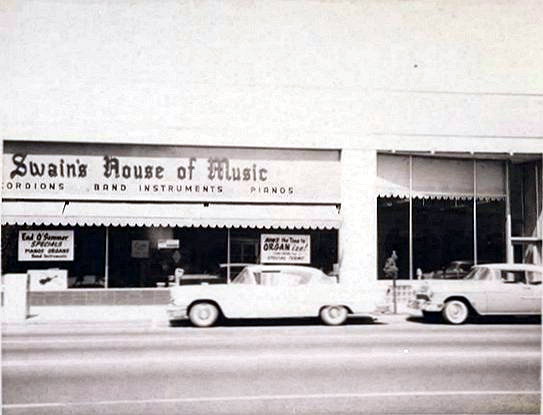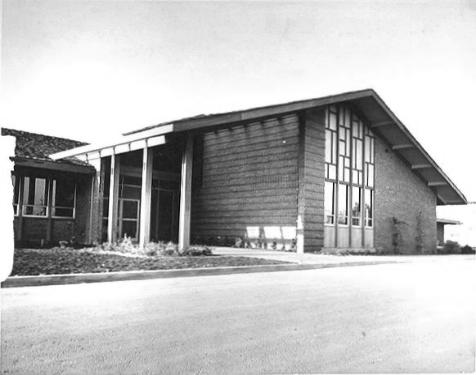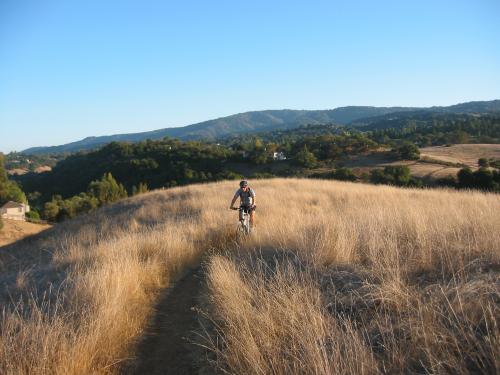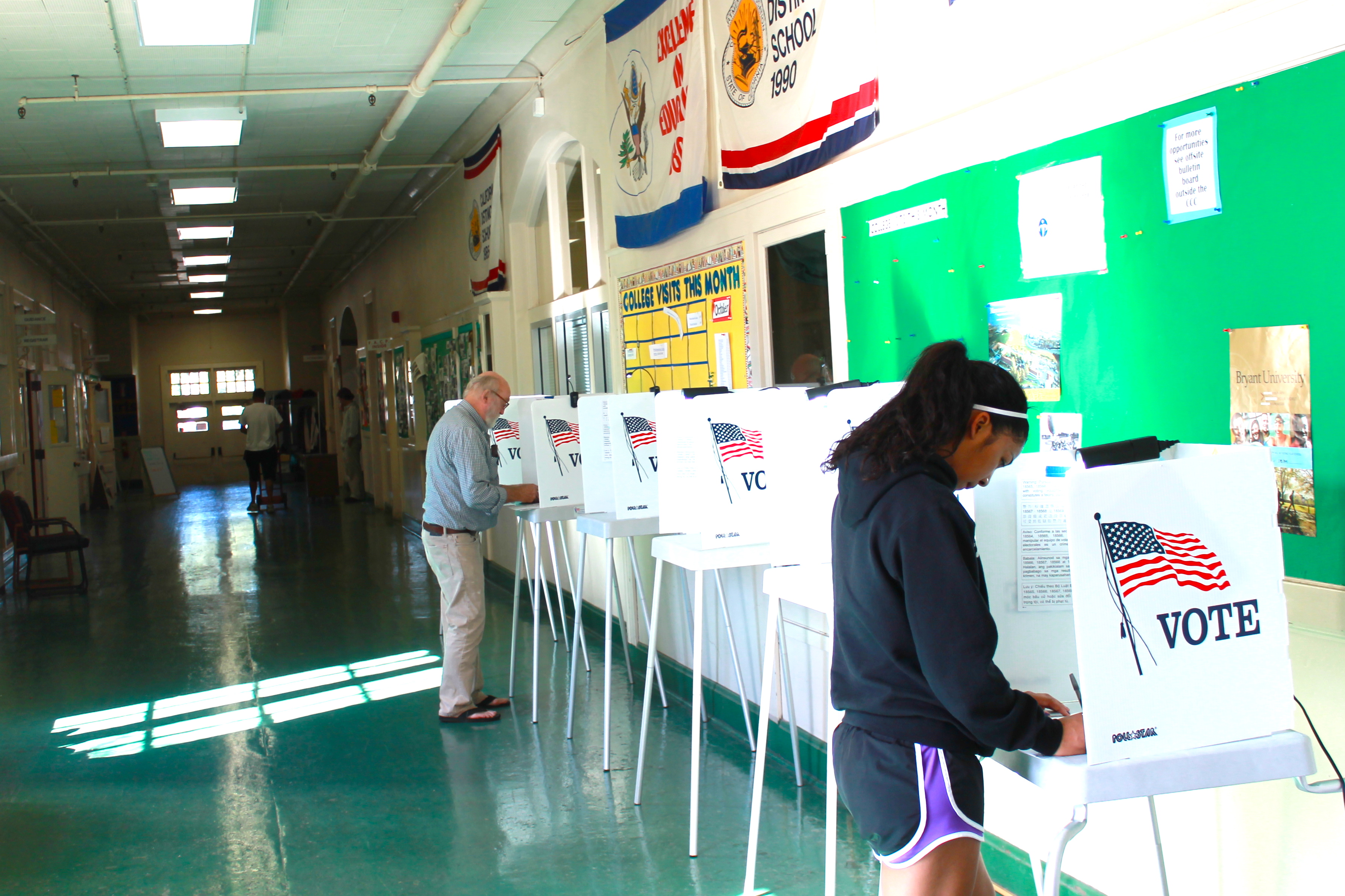As the Palo Alto City Council race heats up, the term “residentialist” seems to be part of almost every conversation about the election. In fact, a local newspaper recently published ratings for current City Council members based on how well their voting records align with a ‘residentialist’ agenda. But what does this term actually mean? Palo Alto Pulse uncovers the backstory of the Residentialist movement and why this word is still important today.
First, some history…
1950s: explosive growth in Palo Alto
If Palo Alto seems to be growing fast now, you should have been here in the 1950s (and maybe you were), when the population virtually doubled from about 25,000 in 1950 to over 50,000 by 1962. This rapid expansion alarmed some of the long term residents, who were concerned that a pro-growth City Council and Mayor would continue pushing for development on every plot of open land in the area. (Is this starting to sound familiar?)
The Residentialists emerge
A group of citizens who called themselves Residentialists began advocating for a slow growth approach that favored smaller buildings over large developments and government projects. In 1962, the Residentialists took on their first big issue when they opposed building the Oregon Expressway, saying that it was antithetical to the neighborhood spirit of Palo Alto. Although the Residentialists lost this battle due to effective lobbying from Stanford Research Park, it was very close. About 18,000 Palo Alto citizens cast ballots in the Oregon Expressway referendum and the yes side won by only 350 votes.
During the 1960s, the Residentialists slowly began gaining seats on the City Council by challenging leaders they called the “Establishment,” who voted in favor of commercial and residential development to support the growing number of jobs and people in Palo Alto. By 1967, Residentialists represented seven of the 15 Council members, but the divisive environment made
it difficult to move decisions forward at City Hall (which was then located on Newell Road where the Art Center is today). It was common for meetings to end with Council members walking out, filibustering or protesting votes.
A stinging defeat in 1967
The brewing conflict between the two groups culminated in the 1967 City Council election, when the Establishment candidates banded together and proposed a complete recall of the entire Council. This ‘clean sweep’ approach was appealing to voters and the Residentialist viewpoint was largely eliminated from the newly formed City Council.
1970s Residentialists rise again
But by 1972, the Residentialists regained a majority control of the Palo Alto City Council and enacted many policies aimed at curbing development, including the 50 foot building height limit that is still in place today. This era of Palo Alto’s history also saw neighborhood activism defeat efforts to build a hospital in downtown Palo Alto (where Heritage Park is today) and a proposal to erect 240,000 square feet of commercial space on Bryant Street (a project nicknamed “Superblock”).
The Residentialists also deserve credit for establishing bike lanes as well as preserving parks and open space in Palo Alto. The Arastradero- Pearson Open Space Preserve (named after Enid Pearson, a prominent Residentialist) was created with 433 acres of land the City purchased in 1976 to prevent a proposed development of 1,776 homes.
What does Residentialist mean today?
In 2014, there are groups trying to rekindle the political strength of the original Residentialist movement by using this term to describe their desire to slow or halt growth in Palo Alto. One of these efforts, Palo Altans for Sensible Zoning (PASZ) organized to defeat the 2013 Measure D referendum that proposed constructing a senior housing development on Maybell Avenue.
Some of the City Council candidates are closely aligned with PASZ and use the term Residentialist in their campaign materials and speeches. Others try to distance themselves a bit from the contentious history of the Residentialist movement but have tied their agendas to the group’s original slant towards low-density suburban development over commercial and high-density projects. A third group of candidates is trying to forge a new way of considering the issues of growth and development that is less tied to the past.
Why does any of this matter?
As voters explore the viewpoints of the City Council candidates, it’s important to remember that this is 2014, not 1967. Yes, many of the issues are similar in Palo Alto, but the context in which they are taking place is dramatically different.
For starters, the median sale price of a house in the United States in 1967 was about $23,200; today in Palo Alto it is close to $2 million. The average age of people in Palo Alto has also risen from 31 in 1970 to 41 in 2014. And there are myriad other contrasts between our time and the past, including the rise of tech companies, increased diversity, and regional planning requirements.
Palo Alto is projected to grow to from our current population of about 66,000 to 73,000 by 2030, an increase of about 12 percent over the next 15 years (a steady uptick but hardly the pace of change that buffeted the town in the 1950s and 60s).There is virtually no way to stop this growth in Palo Alto, but there is also no reason to believe we have to sacrifice Palo  Alto’s leafy streets, great public schools, wonderful parks and strong sense of community as we consider how to accommodate new demands for housing. Palo Alto Pulse is grateful to the Residentialists for some of their forward- looking ideas, including bike lanes and preserving open space. We hope our elected leaders can embrace the best of the past along with the innovation and energy of today’s Palo Alto to create a roadmap for the future.
Alto’s leafy streets, great public schools, wonderful parks and strong sense of community as we consider how to accommodate new demands for housing. Palo Alto Pulse is grateful to the Residentialists for some of their forward- looking ideas, including bike lanes and preserving open space. We hope our elected leaders can embrace the best of the past along with the innovation and energy of today’s Palo Alto to create a roadmap for the future.
Resources:










